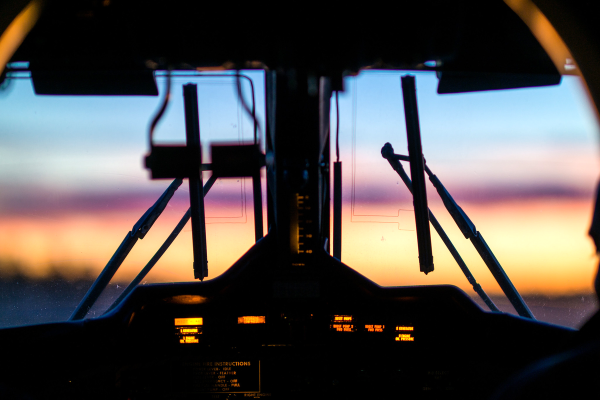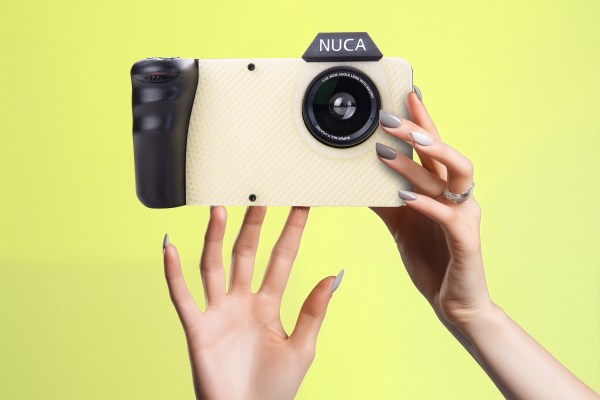On March 8, 2014, Malaysia Airlines Flight 370 vanished. The crash site was never found, nor was the plane. It remains one of the most perplexing aviation mysteries in history. In the years since the crash, investigators have looked into everything from ocean currents to obscure radio phenomena to try and locate the plane. All have thus far failed to find the wreckage.
It was on July 2015 when a flaperon from the aircraft washed up on Réunion Island. It was the first piece of wreckage found, and it was hoped it could provide clues to the airliner’s final resting place. While it’s yet to reveal a final answer as to the aircraft’s fate, some of the ocean life living on it could help investigators need to find the plane. The picture is murky right now, but in an investigation where details are scarce, every little clue helps.
Continue reading “The Hunt For MH370 Goes On With Barnacles As A Lead”














